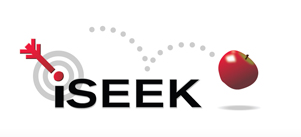Paper ID : SMJ2509205408138 | View : 48

Abstract : Nigella sativa L. belongs to family Ranunculaceae. The constituent from the seeds of Nigella Sativa has been reported to possess antitumor, antioxidant, antibacterial, anti-inflammatory, hypoglycemic, central nervous system depressant, antioxidant, and immunomodulatory activities. Systemic Lupus Erythematosis (SLE) is a multisystemic inflammatory disease due to chronic autoimmune disease. Current therapy has not shown satisfactory results due to various side effects. Objective:To predict the potential of constituents from Nigella sativa as an anti-inflammatory drug and as a SLE novel therapy. Method: The compound contained in Nigella was obtained from Knapack Karaya web server. Nigella sativa’s potential as an anti-inflammatory is predicted using Pass Server and Way2Drug. The parameters analyzed were updated agonist factor macrophage colonies, Caspase 3 stimulants, Caspase 8 stimulants, TP53 expression enhancers, FABP5, apoptotic agoptics, and immunomodulators. Interaction Experiment Tool with Protein Interest, Search Tool 17 Interacting Chemicals (STITCH). Target protein prediction (HITPICK). Result: Pass Server Analysis shows that Nigella sativa can act as an anti-inflammatory and induce apoptosis through TP53 expression enhancer and Caspase stimulant (Pa > 0.3). STITCH analysis shows that the content of Nigella sativa, Carvacrol, Thymol, and Myristicin, are predicted to activate CASP3 (Caspase 3) to trigger apoptosis. Analysis of HITPICK Oleic acid compounds is predicted t










